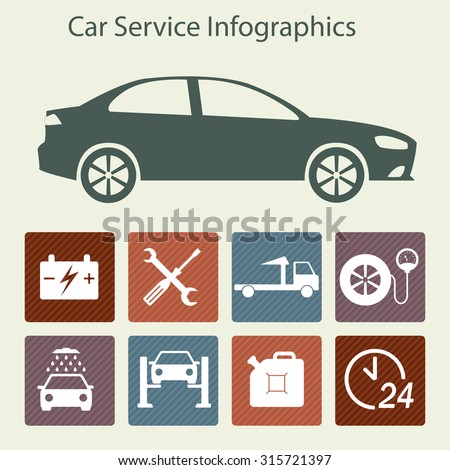Interpreting Your Automobile'S Alert Lights: Their True Effects
Interpreting Your Automobile'S Alert Lights: Their True Effects
Blog Article
Web Content Composed By-Hartley Dalgaard
When you're behind the wheel, those glowing caution lights on your dashboard can be a little bit bewildering. Do you know what they're attempting to inform you regarding your auto's health? Understanding the value of these lights is vital for your security and the longevity of your vehicle. So, carwashbotany among those lights turns up, would not you want to decode its message properly and take the necessary actions to address it?
Common Warning Lights and Interpretations
Identify typical warning lights in your automobile and recognize their meanings to ensure risk-free driving.
The most typical caution lights include the check engine light, which indicates problems with the engine or exhausts system. If this light begins, it's important to have your automobile examined quickly.
The oil pressure advising light indicates low oil pressure, requiring immediate attention to stop engine damages.
A blinking battery light may recommend a damaged billing system, possibly leaving you stranded otherwise attended to.
The tire stress surveillance system (TPMS) light signals you to low tire pressure, influencing vehicle stability and gas efficiency. Ignoring this might cause dangerous driving problems.
The abdominal light indicates a trouble with the anti-lock braking system, endangering your capability to quit rapidly in emergencies.
Lastly, the coolant temperature warning light warns of engine overheating, which can cause severe damage if not resolved swiftly.
Understanding these usual caution lights will aid you address issues without delay and preserve safe driving conditions.
Significance of Prompt Focus
Recognizing the typical caution lights in your automobile is only the initial step; the relevance of without delay resolving these cautions can't be emphasized enough to guarantee your safety and security when traveling.
When a caution light brightens on your control panel, it's your automobile's method of communicating a possible problem that needs focus. Ignoring these cautions can bring about extra extreme problems down the road, endangering your security and possibly costing you extra out of commission.
Prompt interest to cautioning lights can stop malfunctions and crashes. For example, a flashing check engine light can show a misfire that, if left neglected, might create damage to the catalytic converter. Addressing this immediately can save you from a costly repair work.
Similarly, a brake system alerting light may indicate low brake liquid or used brake pads, important elements for your safety and security when driving.
Do It Yourself Troubleshooting Tips
If you see a warning light on your control panel, there are a few DIY fixing tips you can try before looking for expert assistance.
The first step is to consult your cars and truck's handbook to recognize what the particular warning light suggests. In some cases the problem can be as easy as a loosened gas cap causing the check engine light. Tightening the gas cap might fix the problem.
An additional typical concern is a reduced battery, which can set off different alerting lights. Examining the battery links for deterioration and guaranteeing they're safe and secure could repair the issue.
If a warning light continues, you can attempt resetting it by separating the cars and truck's battery for a few mins and then reconnecting it. Furthermore, inspecting engine cleaning near me , such as oil, coolant, and brake liquid, can assist fix cautioning lights associated with these systems.
Verdict
In conclusion, comprehending your automobile's warning lights is crucial for maintaining your lorry running smoothly and safely. By promptly addressing these alerts and knowing what they imply, you can prevent costly repairs and potential breakdowns.
Remember to consult your auto's handbook for specific information on each advising light and act as necessary to make certain a hassle-free driving experience.
Stay educated, stay safe when driving!
